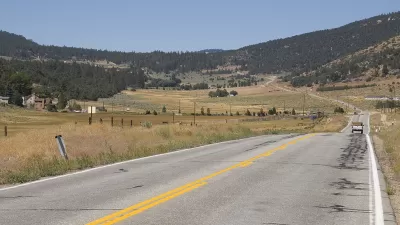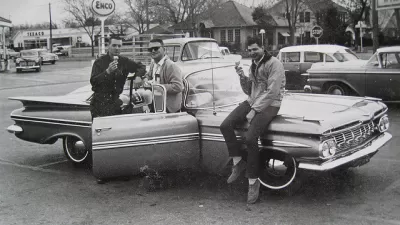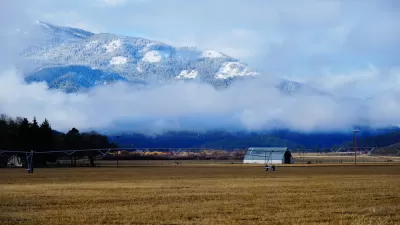The effort to debunk common myths about rural America in academia and the news media continues.

An article by Anne Junod, Clare Salerno, and Corianne Payton Scally notes that the "drive-by" journalism of recent years—reporters from major national or urban publications "flocking" to rural areas to find out what happened in the 2016 election—is creating persistent but false depictions of life in rural America.
The problem of drive-by journalism is exacerbated by the closing of newsroom in many small metropolitan areas and rural areas, meaning that local perspectives are suddenly less available.
Junod, Salerno, and Payton Scally focus on three myths in particular in an effort to debunk some of these harmful mischaraterizations:
- Rural America is the white, agricultural "heartland."
- Poor, rural people live in "cultures of poverty."
- "Rural" is a singular voting bloc.
After providing evidence to counter each of those claims, the article also provides recommendations for strengthening research and reporting in rural settings.
- Understand that rural issues are urban issues are suburban issues.
- Develop and invest in rural cultural competencies.
- Report on rural opportunities and assets in addition to challenges.
FULL STORY: Debunking Three Myths about Rural America

Study: Maui’s Plan to Convert Vacation Rentals to Long-Term Housing Could Cause Nearly $1 Billion Economic Loss
The plan would reduce visitor accommodation by 25,% resulting in 1,900 jobs lost.

North Texas Transit Leaders Tout Benefits of TOD for Growing Region
At a summit focused on transit-oriented development, policymakers discussed how North Texas’ expanded light rail system can serve as a tool for economic growth.

Why Should We Subsidize Public Transportation?
Many public transit agencies face financial stress due to rising costs, declining fare revenue, and declining subsidies. Transit advocates must provide a strong business case for increasing public transit funding.

How to Make US Trains Faster
Changes to boarding platforms and a switch to electric trains could improve U.S. passenger rail service without the added cost of high-speed rail.

Columbia’s Revitalized ‘Loop’ Is a Hub for Local Entrepreneurs
A focus on small businesses is helping a commercial corridor in Columbia, Missouri thrive.

Invasive Insect Threatens Minnesota’s Ash Forests
The Emerald Ash Borer is a rapidly spreading invasive pest threatening Minnesota’s ash trees, and homeowners are encouraged to plant diverse replacement species, avoid moving ash firewood, and monitor for signs of infestation.
Urban Design for Planners 1: Software Tools
This six-course series explores essential urban design concepts using open source software and equips planners with the tools they need to participate fully in the urban design process.
Planning for Universal Design
Learn the tools for implementing Universal Design in planning regulations.
Ascent Environmental
Borough of Carlisle
Institute for Housing and Urban Development Studies (IHS)
City of Grandview
Harvard GSD Executive Education
Toledo-Lucas County Plan Commissions
Salt Lake City
NYU Wagner Graduate School of Public Service





























